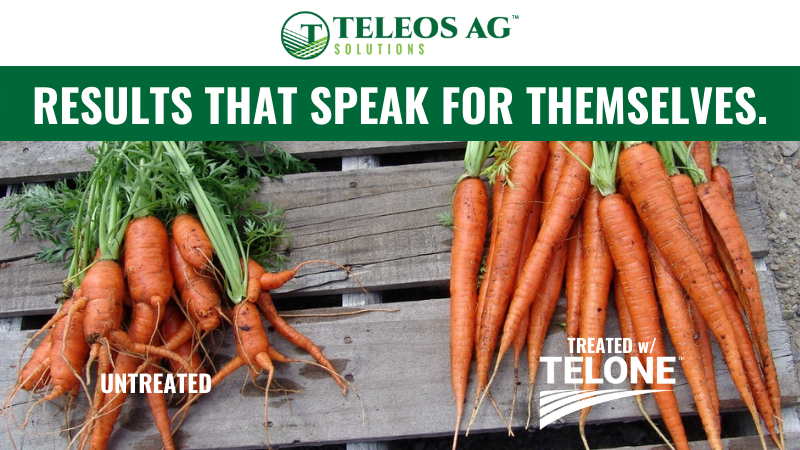Growing Ethnic Veggies

As the American population demographic climbs steadily to an ethnic range of 50%, a milestone expected to be reached by the year 2050, it is only logical that the types of foods consumed by consumers in the U.S. diversify accordingly.
These demograhic changes present an opportunity for growers willing to try something new, explains Bill Sciarappa, Extension agent and associate professor at Rutgers University in New Jersey.
“Some growers are working really hard yet struggling to make ends meet in a commodity marketplace of limited American culinary choices,” he explains. “Switching from tomatoes to tomatillos, parsley to cilantro, or string beans to edamame may require only a little re-tooling, yet offer considerably higher specialty prices as long as not too many growers in one area go whole hog into ethnic at the same time.”
Do Your Homework
Getting the edge on the ethnic vegetable market could prove easy as well as profitable, says Sciarappa. “Our research group has been very pleasantly surprised at how well most of the selected ethnic cultivars fit into standard American agricultural practices — especially vegetable plasticulture with drip irrigation.”
Sciarappa does point out, however, that with such a wide variety of crops, there are some challenges growers should be aware of before jumping on board. Some of the differences to take into account are the longer growing seasons that may be required for some semi-tropical peppers, beans, and cucurbits.
In addition, Sciarappa says that there is more variability in crop traits and some fertility and soil aspects that may need fine-tuning to fit the needs of various varieties. Furthermore, while germplasm seeds are available, some varieties can be hard to locate. Sciarappa says that common names used by different consumers, and the language of origin can cause confusion, so it is important to do your research.
Know Your Audience
Sciarappa states that small- to medium-sized operations have generally come out on top in this movement due to the fact that their farms are, many times, better positioned for local consumption and they usually have a better idea of their specific market outlets. “On the other hand,” Sciarappa stipulates, “some very large growers are now seeing dollar signs growing specialty segments and are using their economics of scale and marketing power to not only reach ethnics but penetrate conventional store outlets.”
When adapting your operation to ethnic vegetable production, physical location is something to take into consideration, as well. “The best areas to proximate ethnic populations are where transportation, perishability, and packaging are less of an issue,” explains Sciarappa.
“Knowing the ethnic backgrounds in your area in advance also improves the odds of success in meeting the market demands of your consumers,” he continues. “For instance, if a grower wanted to produce peppers to a local market and just grew some very hot peppers because he saw some Hispanics in the area, he might be mistaken, as Puerto Rican people prefer sweeter pepper types compared to Mexicans and vice versa.”
In addition, Sciarappa explains it is important to really get to know the preferred cultivars consumed and what size or section should be harvested. For example, he says Mexican customers are looking for an 8- to 12-inch stalk of cilantro versus the Chinese consumer that is generally looking for a 6-inch bunch.
Sciarappa recognizes that, like with any new crop, there is a learning curve that presents challenges. If growers do their homework and understand their consumers, however, the benefits may outweight the difficulties.









